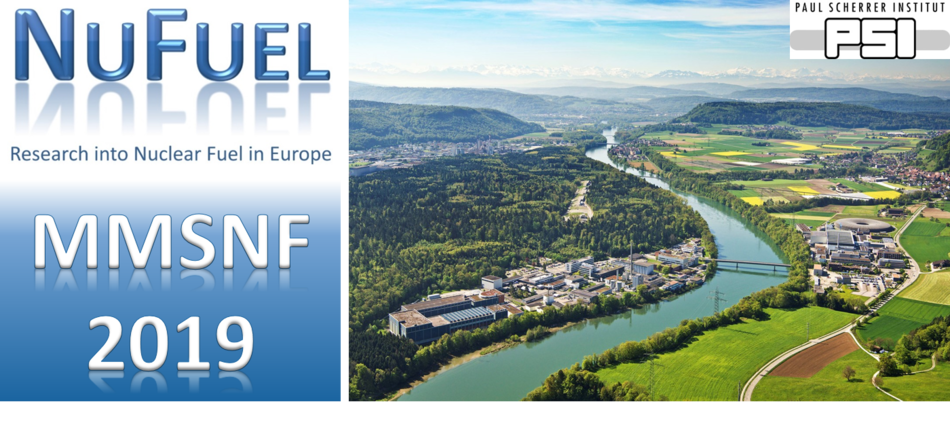Speaker
Description
The U-Zr-Fe-O system is of paramount importance for severe accident studies on light water reactors. This chemical system is characterized by a miscibility gap in the liquid phase. This means that two liquids, one metallic and one oxide, can coexist in a wide range of temperature and composition. Experimental data on this miscibility gap are rare: experimental difficulties related to the complex behavior of this system at high temperature (reactivity with crucibles, control of the oxygen potential, vaporization) have limited the amount of data available in literature. In the frame of the INSPYRE project, CEA started an experimental campaign using the ATTILHA setup. This setup is based on a laser heating technique that can be coupled with an aerodynamic levitation system. Pyrometers and an infrared camera are used to monitor the temperature and the thermal behavior of the samples. This configuration allows to limit the interaction between the sample and the surrounding materials, e.g., with the crucible. Furthermore, it allows to reach extreme temperature conditions (T>2500 °C) in a controlled atmosphere.
Starting from metallic alloys, the setup allowed to progressively oxidize the samples while heated and therefore enter into the metallic-oxide liquid miscibility gap. After the target temperature and composition were reached, the sample was quenched to room temperature. SEM-EDS and EPMA analyses were then performed to obtain the composition of the solidified liquids in equilibrium.
The current work focused on the liquid miscibility gaps of three subsystems: Fe-O, Fe-Zr-O and Fe-U-O. Tie-lines have been obtained for these systems for different temperatures. Also, thermodynamic calculations using the TAF-ID database were performed to help the interpretation of the experimental results. Finally, these novel experimental results will be used to feed the TAF-ID thermodynamic database.

